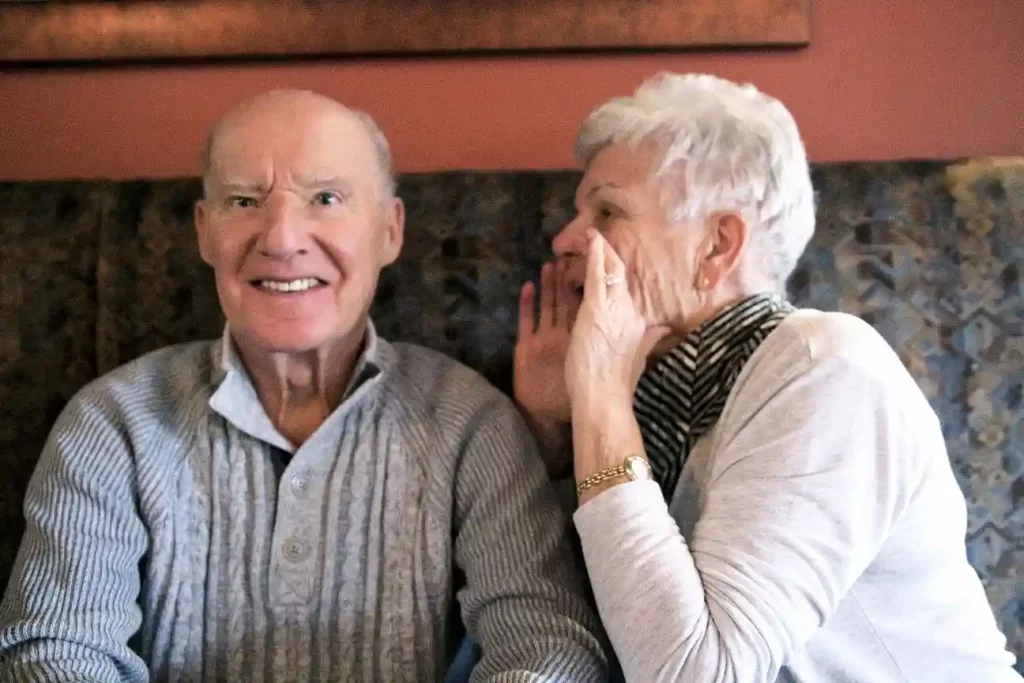- Connect Whatsapp
- +917012232608
- [email protected]
Hearing loss treatment in Ayurveda

Diabetic neuropathy treatment in Ayurveda
May 8, 2022
Natural health: a forgotten treasure
May 8, 2022Table of Contents
Hearing loss treatment in Ayurveda

Hearing loss can affect one or both ears, and it can be entirely deafening or only partially so. It is mentioned in hearing loss treatment in Ayurveda that the clinical indications of hearing loss are quite comparable to Badhirya. It can be inherited or acquired. Badhirya is a frequent ear infection that is also one of the most hardest to treat. Despite many visits to the ENT clinic and the disease’s apparent simplicity, sufferers do not receive enough relief. As a result, Badhirya’s sophisticated medical treatment has been rendered ineffective. Surgical intervention (cochlea implant) is uncommon in these people and is only used when complications arise
Types:
1. Conductive hearing loss is caused by a problem in the outer or middle inner ear and is usually temporary and occurs due to earwax buildup in the ear canal, fluid in the middle ear, or a perforated eardrum
2. Sensorineural hearing loss: This is age-related. As we grow older, our hair cells in our ears stop operating as well as them once did, and finally stop working entirely
Causes:
- Hereditary
- Ear infection
- Diseases such as strokes, hypertension, and diabetes can induce an infection by stopping blood supply to the inner ear.
- Bone growth or tumours in the outer or middle ear can cause hearing loss.
- Earwax gradually builds up in the ear canal, obstructing sound transmission.
- A concussion, ear injury, or eardrum rupture are all possible outcomes of a concussion.
DIAGNOSIS
Tuning fork test: A simple tuning fork test can help a doctor figure out whether there is any hearing loss and where the problem is.
Audiometer test: To determine where one’s hearing capacity ends, the audiologist plays words in a number of tones and sound levels. Each tone is presented at volumes so that the audiologist may determine when the audio associated with that tone is no longer detectable. The same test has been carried out with words.
Bone oscillator test: It is used to test the mastoid bone. The idea is to figure out how well the nerve that sends these signals to the brain is functioning.
Hearing loss treatment in Ayurveda
In addition to this, Hearing loss treatment in Ayurveda (Badhirya) offers a wide range treatment alternatives. Ghritapana, Rasayanasevana, Nasya, Snehana, Swedana, Snehavirechana, Sirobasti, Karnapurana, Jalaukavacharana, and so on are examples of Ghritapana, Rasayanasevana, Nasya, Snehana, Swedana, Snehavirechana, Sirobasti, Karnapurana. The most commonly prescribed methods of Hearing loss treatment in Ayurveda (Badhirya) are Karnapurana and Nasya.
- Ear Oiling (Karna Purana): Ear Oiling (Karna Purana):Ear Oiling (Karna Purana): use a dropper to pour lukewarm oil into the ear canal in the morning. It is possible to do both ears at the same time. Close the ear flap and gently massage the ear canal in a circular motion with light pressure while pulling on the ear flap. One minute should be spent doing this. Continue for a minute more. It can help with hearing loss, tinnitus, Meniere’s disease (characterised by primary vertigo),Migraine,headache and other ear-related issues
- Nasya: The nose serves as a gateway to the brain and consciousness. Nasya can assist with ear infections, sinus difficulties, mental illnesses, neck pain, and other ailments.
Hearing loss clinical manifestations are linked to Badhirya in Ayurveda, as previously indicated. Badhirya is caused by the vitiation of the Vata and Kapha doshas. By scratching off the Kapha Dosha from Shira and increasing the action of the indriyas, Anu Taila Nasya clears the Srotorodha (Karnaindriya).
Nasya with oil helps to soothe the brain’s aggravated Vata Dosha and restore normal function to the central nervous system while harmonising blood circulation in the sense organs, including the ear. Because the junction of all sense organs, including the eye, ear, and nose, is known as Shira(Shringataka marma), any medicine given to this location addresses the vitiated doshas linked to all sense organs and aids in the nourishing of nerves that connect to these places.
In Ayurvedic literature, Karnapurana is a basic remedy for all Karnarogas. The Vatashamaka property is in Bilwadi Taila. After Srotorodha is eliminated, Sarivadi Vati performs Vatanulomana. This implies that Ayurvedic principles can be used to effectively manage Badhirya with Vatashamana and Rasayana therapies .

